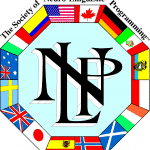NLP Anchoring

Let’s do some magic in action. Let’s provide you the secrets of NLP Anchoring. In this article you will learn all about what Anchoring is and learn about how it is discovered. Furthermore you will learn about Anchors in your Daily Life and how the Marketing Industry is using anchors to gain your interest.
NLP Coaching

The behaviours below are based on what I have learnt during my 20+ years career in business and during my career as an executive coach and agent of change and progress. When coaching anybody the below coaching behaviours, applied consistently and with integrity, will help you to gain rapport, to explore and understand “the model of the world” of your interlocutor. We like to be acknowledged and understood.
NLP Rapport
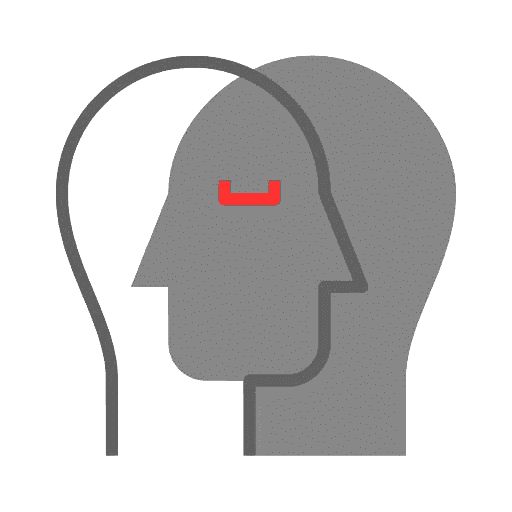
In NLP Rapport is the presence of trust, harmony and cooperation in a relationship between people. Rapport is created and maintained on different levels. Guess what, the usage Rapport can be dangerous! Asking the wrong questions can easily reduce or break rapport.
NLP Meta Program Direction

The NLP Meta Program Direction has two parts and is simple to remember. Language that is recognized as “Away From” and “Towards To”. To clarify this last statement, take a look at the following example: “I was suffering from a lot of pain, but now I sincerely become better.” In this sentence you are able to recognize a few things. “I was suffering” so the conclusion is that there is no or less pain now. This person, language technically seen, is moving away from pain. And, “Now I sincerely become better”. The conclusion you could draw here is that this person is moving towards a better health. So in working with Clients in Coaching for example, you are able to recognize the direction where this person is moving Away From and Towards to.
Modal Operators
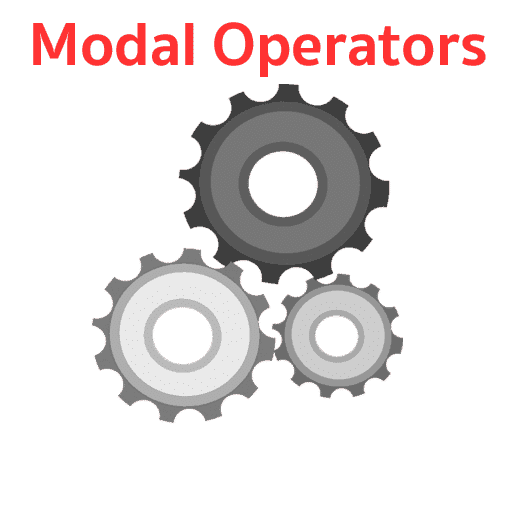
In the Meta Model we have already leant that there are Modal Operators of Necessity and Possibility. Here in the Milton Model we only talk about Modal Operators.
NLP Representational Systems
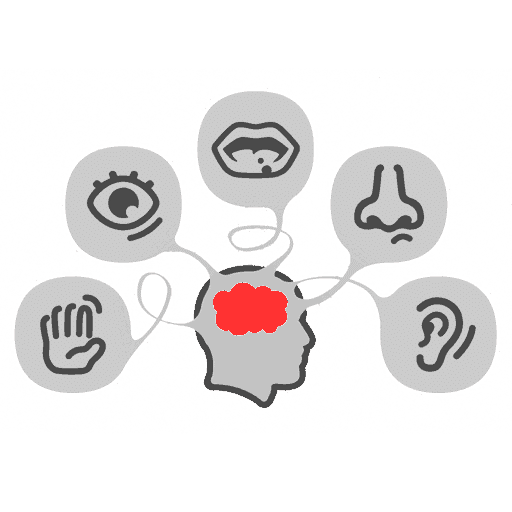
The utilization of the NLP Representational Systems enables us to classify, to scan for, particular language. As a result you discover that one person likes to talk in visuals, the other in auditory. The moment two people have a conversation and use the same representational system, the chance of getting into rapport with each other is much bigger than they do use different representational systems.
NLP Meta Model and Rapport

Guess what, usage of the NLP Meta Model and Rapport can be dangerous! The Meta-Model can easily reduce or break rapport. Actually it requires that the subject you are talking with break or reduce rapport with you by themselves, by tuning out the world and searching in their minds. By tuning out the world, they are reducing sensory contact with you while they do lots of deeper and deeper searches through their internal experience to answer your questions.
NLP Syntactic Ambiguity

In NLP Syntactic Ambiguity is unexpected vague and does not ‘follow the rules’. Improper pauses, rambling sentences and incomplete sentences. All of which ultimately force the listener to ‘mind read’. “Hand me your watch … how quickly you go into a trance.” So, Syntactic Ambiguity is where the function (syntactic) of a word cannot be immediately determined from the immediate context. Take a transitive verb, add “ing” after it and place it before a noun.
NLP Olfactory
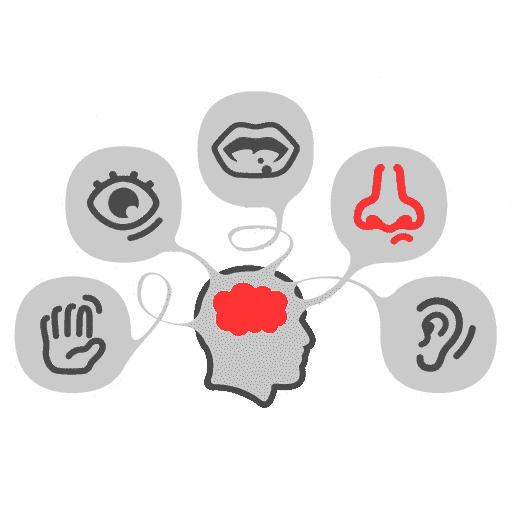
In NLP Olfactory is one part of the Representational System. An example is: “Smelling how great that apple-pie smells!”. Or maybe a more nasty one: “It smells like dogshit!”. There are legions more. Just say only think about food and the smell of it and a legion of examples will popup.Olfactory is relating to smell or the sense of smell.
NLP Kinesthetic

In NLP Kinesthetic is one part of the Representational System. In NLP Kinesthetic break down into two general parts; Internal and External. Examples of Internal feelings are feeling happy, grateful and joy. In conclusion you will find legions more. Examples of External feelings are; feeling the wind on your skin, feeling the sun on your skin. So every feeling that comes from the inside is called Kinesthetic Internal and every feeling that comes from the outside, we call in NLP Kinesthetic External.


